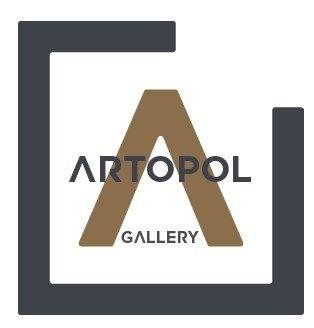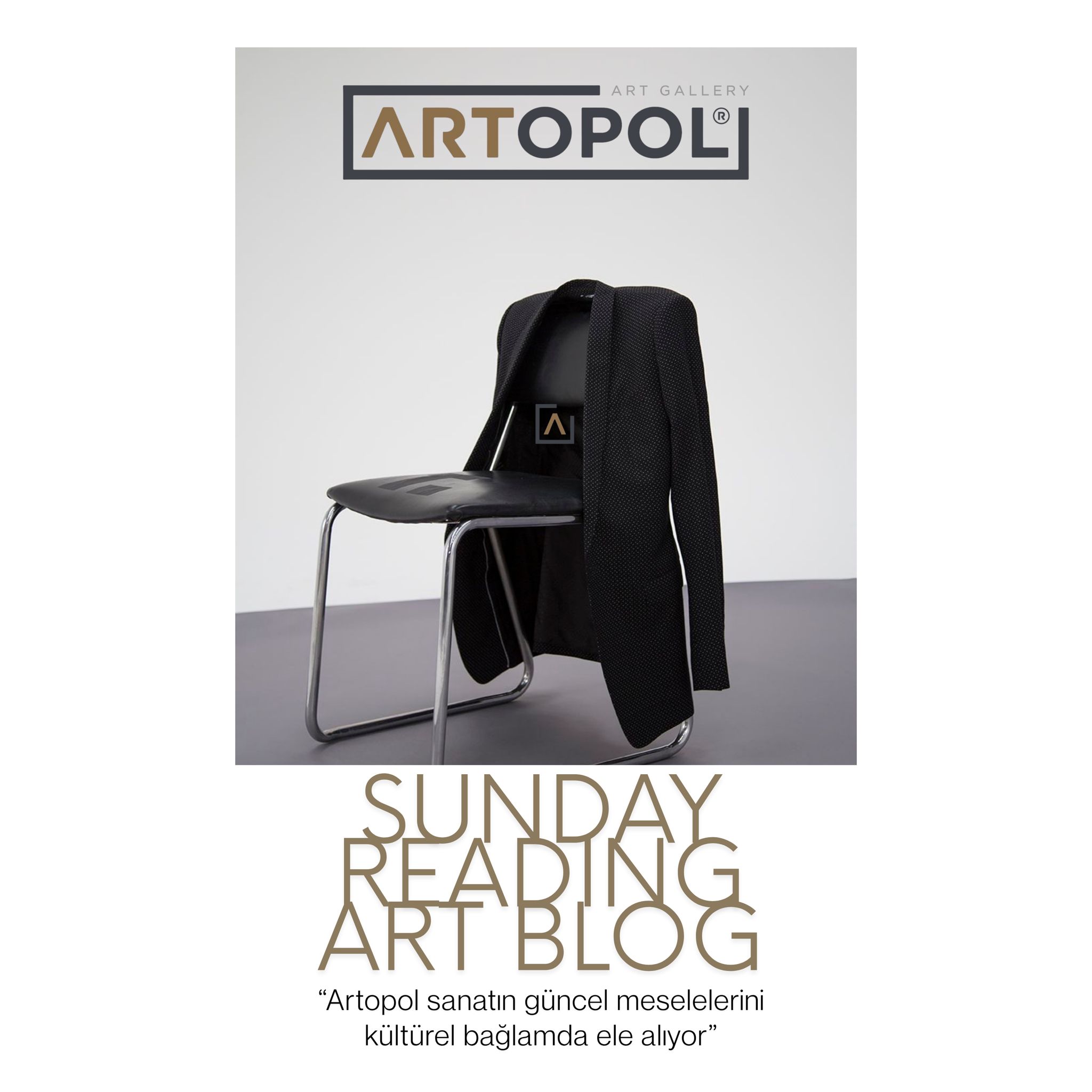In the 21st century, compared to previous times, magazines focused on decoration, decoration ideas, and sharing concepts about space design have become much more prevalent in our lives. With the expansion of this vision in decoration, a connection between decoration and art has also begun to form, and the use of artworks has started to appear in decoration trends. Today, it is possible to see different artworks used not only in interior design but also in exterior design. Artworks can be used in various areas, from traditional and classic decor to modern design. So how can we use artworks in space designs, and how can we create a space that reflects personal taste and attracts attention? In this article, we will cover these details.
What is Decoration? The Importance of Decoration
Looking at the historical process, we can see that decoration dates back to periods before the Common Era. Initially, small decorative accessories like clay figurines and pots evolved into a different dimension in the modern era. Decoration, in its broadest sense, can be defined as the act of using different elements together in a space to achieve an aesthetic and functional appearance. The importance of decoration began to increase particularly after the 20th century. By the 21st century, decoration emerges as an independent field with its own movements and rules.
Decoration allows the elements that give a space its identity to come together. For example, in an interior with modern lines, minimalist and clean designs are highlighted. On the other hand, in an interior with an industrial style, bold materials like aluminum profiles may stand out. Therefore, decoration and decorative elements are important concepts that give a space its spirit and identity. Accordingly, when we think of decoration, we should think of endless possibilities. A single structure alone cannot exemplify decoration; it must reflect personal taste. Recently, combining elements with different styles and spirits has led to the creation of new decoration styles, which have been presented for appreciation. Additionally, decoration has a highly subjective dimension. The reflection of personal taste in different structures can be clearly distinguished.
What is Art?
Art is a concept without strict boundaries. However, in general terms, art can be defined as the transformation of imagination and ideas into objects that provide pleasure and enjoyment to viewers. The concept of art is not limited to painting alone. Prints, sculptures, sketches, decorative items, photographs, and installations are also considered art. Additionally, performing arts on stage and art created with instruments also fall under this concept. Essentially, art is categorized based on the object that transforms creativity into action. Since art can be measured by the creativity of the artist, it can be considered limitless. Individuals expressing themselves through art can access many different dimensions of art, with infinite possibilities allowing self-expression.
Art should not be confined to museums; it should permeate every aspect of life. Therefore, using art and artworks in everyday spaces contributes to aesthetic perception. It sparks curiosity, encourages exploration of the artist, and allows individuals to discover the emotions evoked by the piece. Even if a person does not create art, they can experience new emotions by enjoying what has been created.
How Can Artworks Be Used in Decoration?
In recent years, as decoration has been considered a branch of art, using artworks in decoration has gained popularity. However, there are some points to consider when selecting artworks for interior or exterior spaces. For example:
The chosen artwork should match the style of the space in which it will be placed.
It is important to place artworks in the appropriate locations within the space. Empty or unused areas may not be ideal for displaying art. Rather than simply finding a blank spot, it is better to position other elements in the space around the artwork.
Although it is commonly thought that the selected artwork should be connected to other decorative elements, this is not necessarily true. Many different styles are now combined in contemporary decoration, producing highly creative results.
Color selection also plays an important role. You can use colors according to the atmosphere you want to create in the space. For example, a fast food restaurant may use warm and vibrant colors, while a chill-out space may favor softer tones.
When selecting artworks for decoration, it is essential to emphasize your own style. The space should carry your personal touches.
The size of the artwork in relation to the space must also be considered. An artwork that is too small or too large for the area may fail to achieve the desired dramatic effect.
Additionally, it is necessary to distinguish between interior and exterior use.
Using Artworks in Interior Decoration
Using artworks in interior decoration is important for adding a stylish and complementary look to the space. The most commonly preferred artworks for interiors include paintings, prints, photographs, sculptures, and decorative items. These types of artworks can be easily used in both home and office decor. In interiors, smaller artworks that harmonize with other elements in the space are usually preferred. However, as mentioned above, you do not always need to achieve complete harmony. You can use any piece that you believe best reflects your style and discover points of connection between them.
Using Artworks in Exterior Decoration
Using artworks in exterior decoration involves different dynamics compared to interiors. The first and most important factor is working with larger spaces and areas. The size of the area requires that the chosen artwork fills the space appropriately. Therefore, for exterior spaces, more striking artworks such as sculptures or installations can be preferred.



